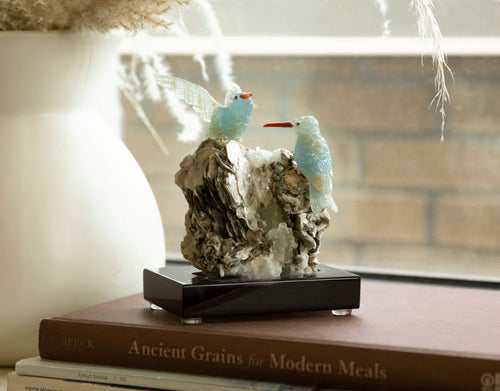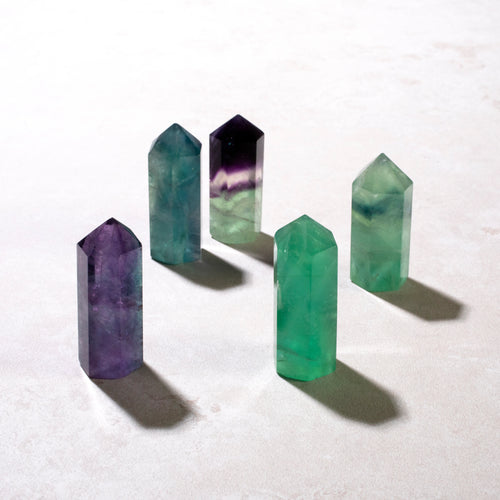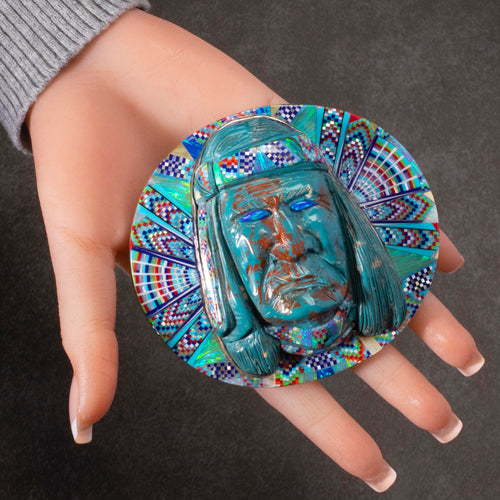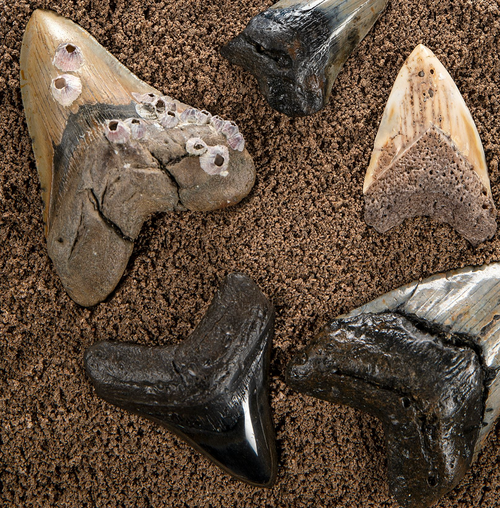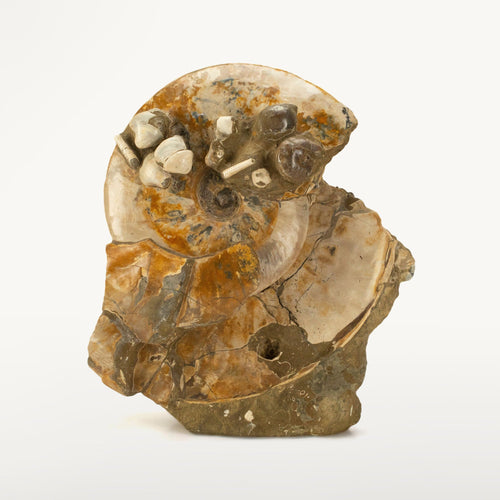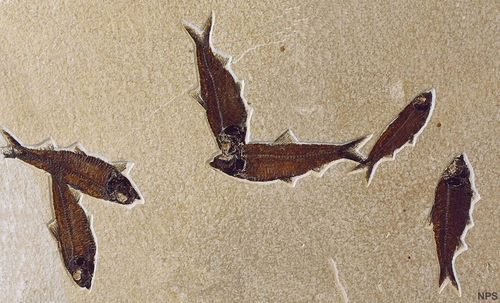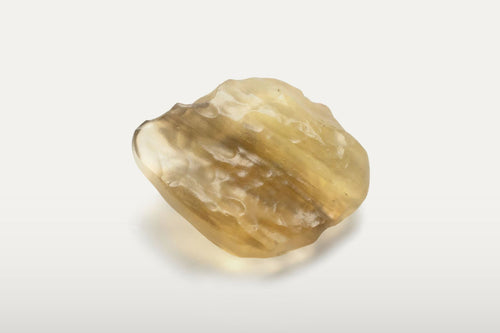
Cinnabar: A Mystical Journey through its Formation, Origin, Cultural Significance, and Symbolism
Cinnabar, or mercury sulfide (HgS), is one of the few minerals on our planet that forms in the presence of volcanic activities and hot geothermal springs. It's created through the combination of mercury and sulfur under high-temperature conditions. These environments lead to the formation of rich, deep red crystals, renowned for their captivating beauty.
While cinnabar can form in various parts of the world, it's primarily found in regions with substantial volcanic activity and geological upheavals. The most significant deposits exist in China, Spain, and California. The Almadén region in Spain, for instance, has been a primary source of this vibrant mineral for centuries.
Delving into the cultural significance of cinnabar, one will find that it's been highly valued by many civilizations throughout history. In ancient China, cinnabar was used in the making of intricate carvings and lacquerware. It served not only as a symbol of wealth and power but was also believed to ward off evil spirits. The Chinese philosopher Zhuangzi famously referred to cinnabar as the "seeds of immortality", highlighting its importance in Taoist alchemical traditions.
The Ancient Romans, on the other hand, used cinnabar as a pigment for frescoes and personal adornments due to its stunning red color, which symbolized life and vitality. It was also used in medicinal practices, although we now know that such usage can be hazardous due to the mercury content.
Fast forward to modern times, cinnabar continues to carry a wealth of symbolism. It is often associated with transformation and spiritual enlightenment, harkening back to its alchemical roots. It is believed to bring about positive change and foster clear thinking.
In conclusion, cinnabar's journey from the fiery depths of the Earth to our hands is a tale of beauty, intrigue, and respect. It is a testament to the wonders of our planet and the myriad ways in which humans have engaged with the natural world throughout history.
Whether it's the story of its formation, the cultures that have cherished it, or the symbolism it carries, cinnabar stands as a remarkable testament to the interconnectedness of nature and culture. It remains a tangible reminder of the colorful tapestry that is Earth's geological history and humanity's enduring fascination with it.






